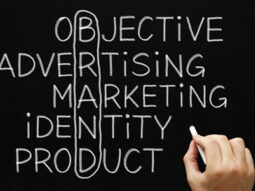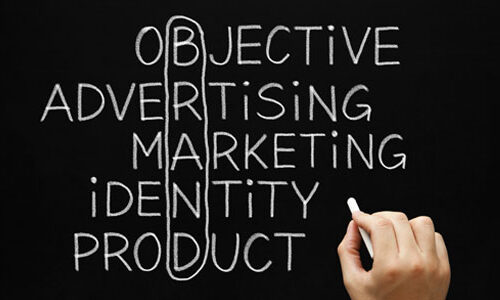
A brand guideline document is a very important tool for maintaining a coherent and professional brand. It can be used both internally and externally to ensure consistency with your brand’s identity.
Not only would it outline the correct colours, fonts and logo usage, but can also include your strategy, brand story, and mission as well as the language and tone of voice that should be used to communicate your brand effectively.
Why are they so important?
If you decide to work with a design agency that did not design your logo or original branded material, then the new graphic designer will need a document to help them understand how the brand works. Failure to do this, could lead to inconsistencies and errors which will make your brand look unprofessional; it would be a very expensive mistake if 1000s of brochures were printed using the incorrect logo or colour scheme, for example!
The basics
All brand guidelines should include…
Logo design: This includes the main design of your logo i.e. how you would expect to see it 90{f9e3cdbd6fb814e835e6c35f72a399311d74643e755f8d512313279393c42e25} of the time.
Logo variations: Other ways the logo could be used. For example, reversed, a vertical version, in other brand colours and with a strapline. Fig. 1 (below) is what we created for the D-carbonise logo we’d designed.

Logo spacing: How much space should be left empty around the logo when used on marketing material. This allows the logo to ‘breathe’ and not get lost with other content. Usually the minimum size is also provided to ensure the logo is never used so small that the detail is lost or it is illegible.
Brand colours: Your brand colours tend to exists in two parts – primary colours and secondary colours. Primary colours often make up the majority of your logo and secondary would be complimentary colours to add depth to the colour palette. They also allow for more flexibility when designing materials but still stay ‘on brand’.
Typography: Your brand’s font. The importance of font choice, using the correct font for your brand is extremely important as it can affect your clients perception of the brand.
Imagery: If your company relies heavily on stock images, it may be a good idea to outline the style of photography or graphics you’d like to use in any publications. For example, if your brand is mysterious and fantastical you may give examples of images with dark colours, blurred backgrounds and hazy landscapes.
Devices: These are elements inspired by or taken directly from your logo. These can be used to add extra (but consistent) design elements to marketing material. For example, with this D-carbonise logo we took the circle elements and created shapes that could be used as design devices (fig. 2).
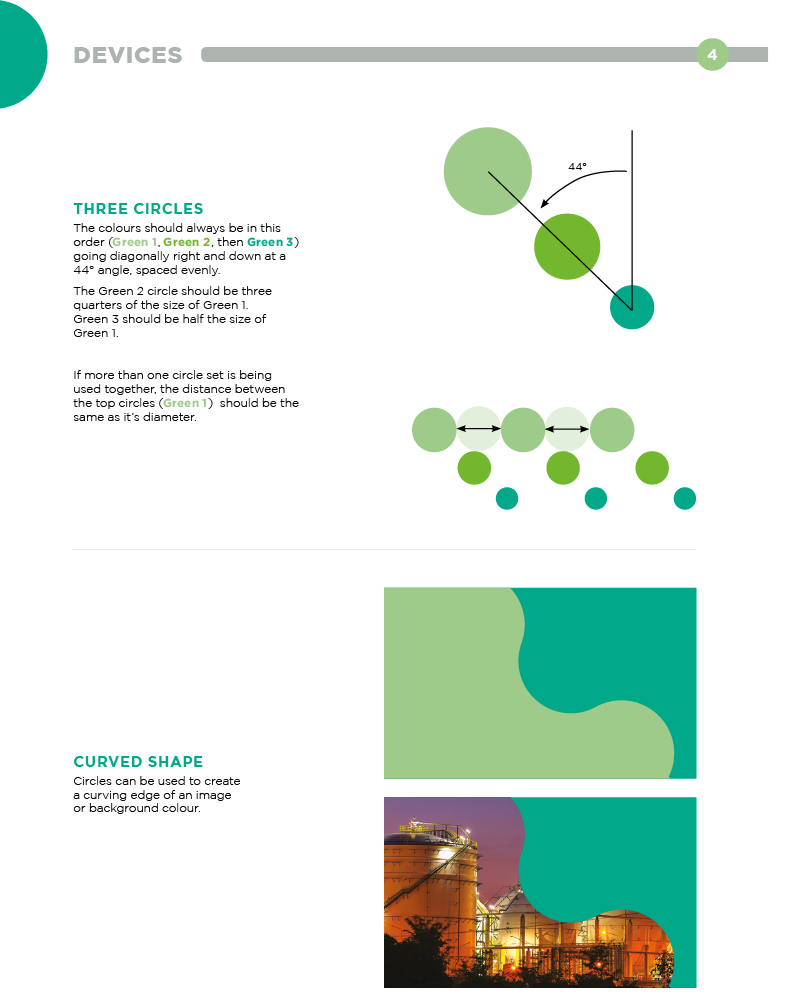
Design examples: The devices can be used in different ways, so as a guide, your design agency could mock-up some examples as we have done for the D-Carbonise logo (see fig. 3 and fig. 4).
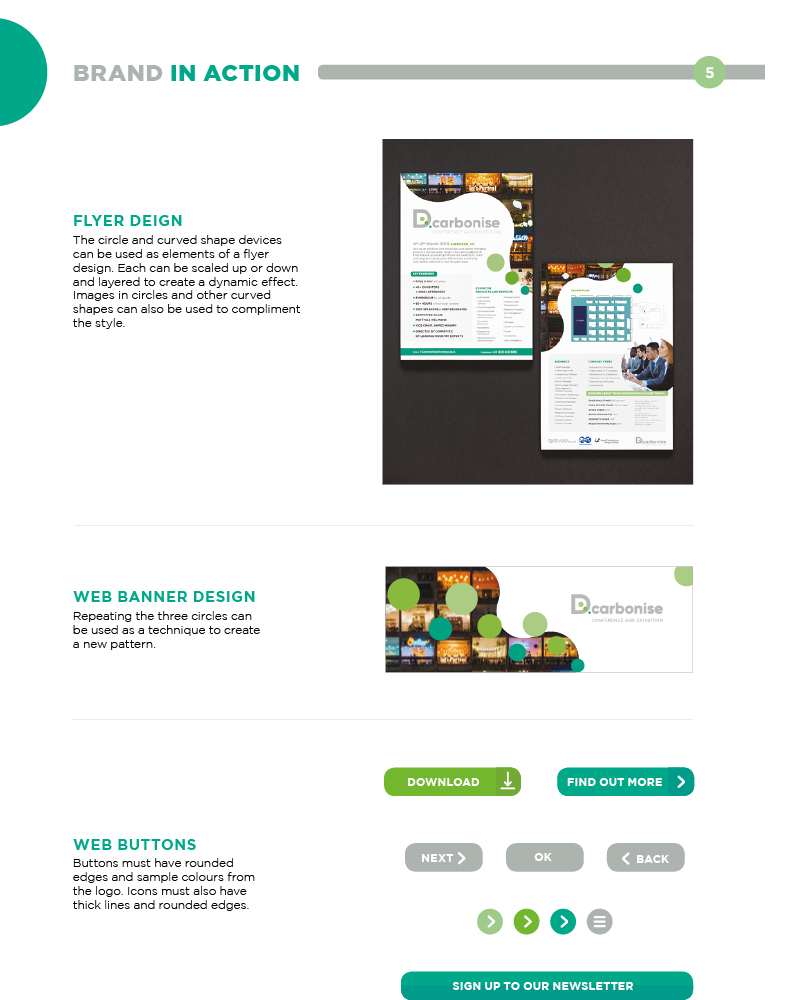
Fig 3 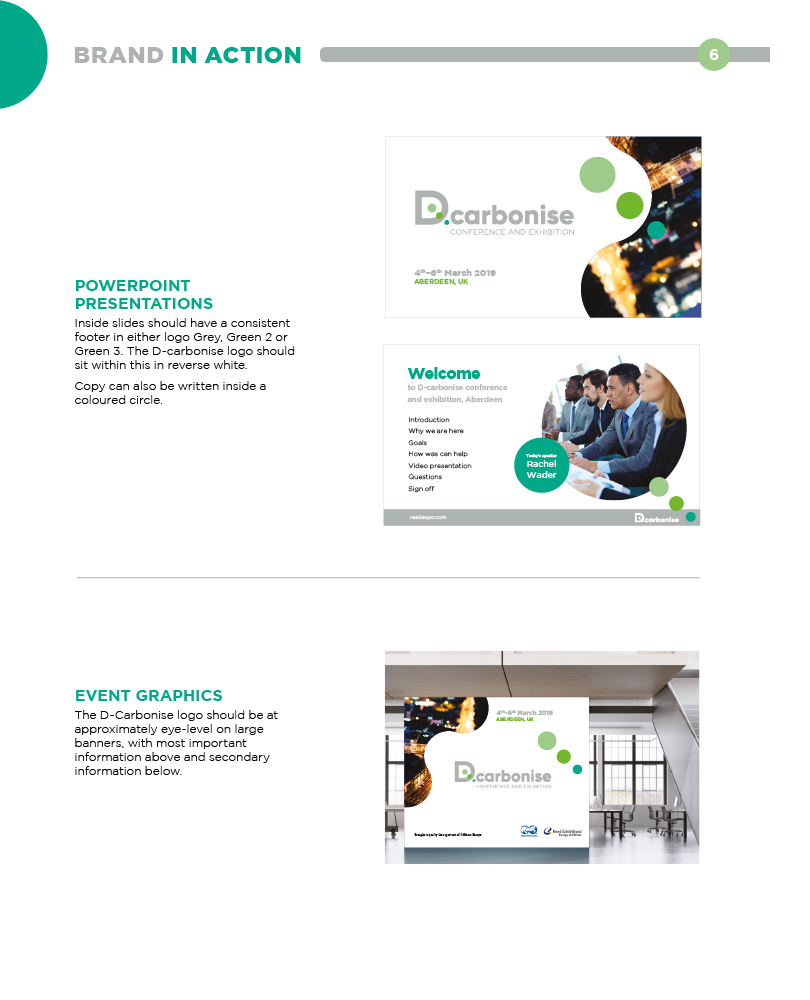
Fig. 4
It is a handy way to make your business files and tools easily accessible for employees...
Writing a design brief can be a difficult task, even for those who feel confident about their brand.
A brand guideline document is a very important tool for maintaining...



